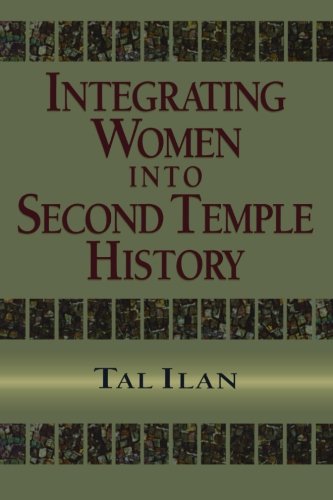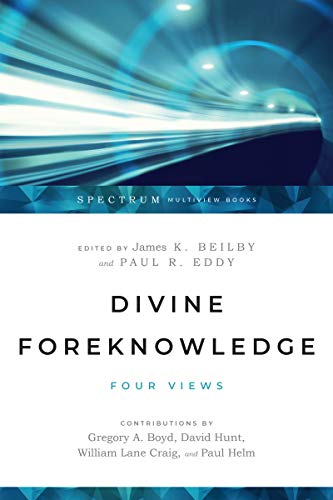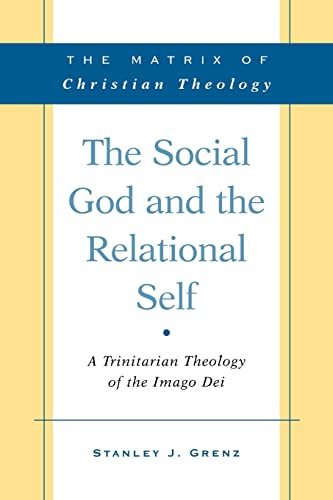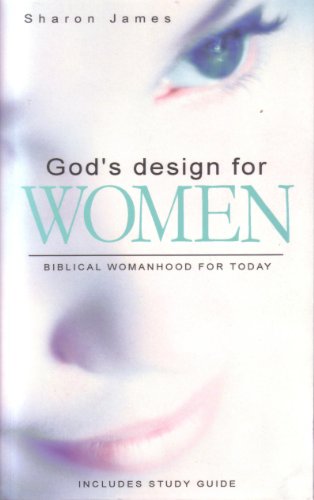INTEGRATING WOMEN INTO SECOND TEMPLE HISTORY
Written by Tal Ilan Reviewed By David Instone-BrewerTal Ilan has, together with a handful of other scholars during the last decade, reminded us that women were important and significant in the male-centred world of first century Judaism. This is her third major book which, as she says, carries on the programme started by Judith Wegner in the 80s.
This latest book is a collection of disparate studies, some of which have been published as papers, so they do not attempt to cover the whole area, but the subjects they cover illustrate a wide number of issues. Women of high birth are covered better than low birth (mainly due to the number of sources, especially in Josephus), and legal matters are covered more than social data (again, due to the nature of the sources), but poor anonymous women and their ordinary lifestyles are also covered.
Her main message is that there were many attitudes towards women, not one, even within the same literature. She shows that Josephus had a generally positive attitude towards women, especially when he re-writes Bible stories about them, but his histories incorporate material supplied by Nicolaus of Damascus who thinks that all women are evil, especially when they have power or money (ch. 3). Similarly he contrasts the attitudes of Hillelites with Shammaites (who were more pro-women, ch. 2), and Pharisees with Sadducees (both of whom were pro-women in different ways). Some Jewish literature is very anti-women (e.g. Ben Sira, dealt with in ch. 5) while other is very pro-women (e.g. Judith and Susanna, dealt with in ch. 4). She regards Jesus and Paul as generally pro-women, but thinks that this is because they represented a minority cause who tried to get influence whereever they could (32f).
She also deals with some fascinating controversies in modern studies, such as the presence of female skeletons at Qumran (ch. 7 and appendix to ch. 1), the possibility of co-habitation before marriage (ch. 9) and the early 2nd century divorce certificate written by a woman which remained unpublished for 40 years after its discovery (ch. 10). Altogether this adds to the much-needed background for understanding the female half of the population in New Testament times.
David Instone-Brewer
Tyndale House, Cambridge







